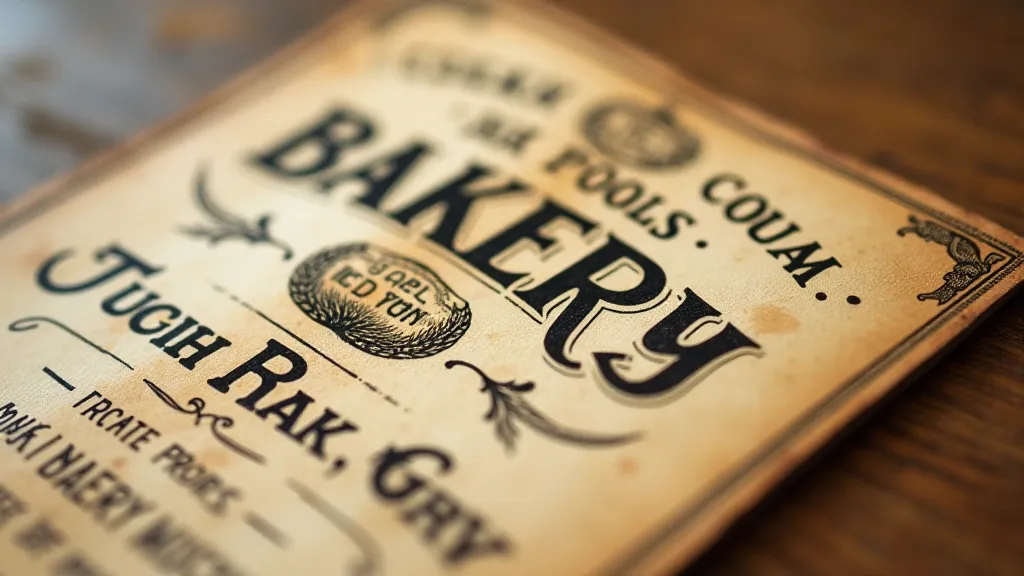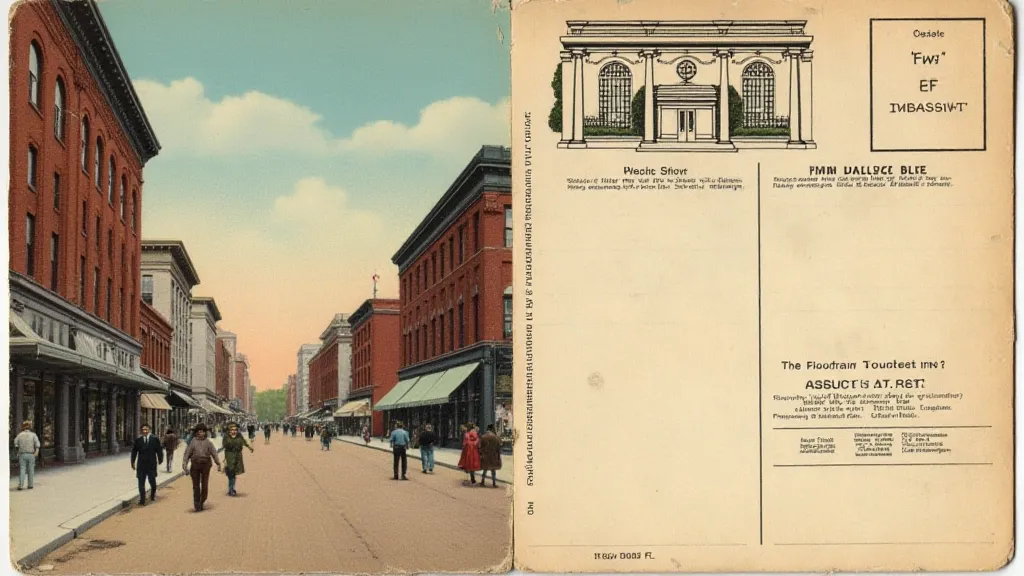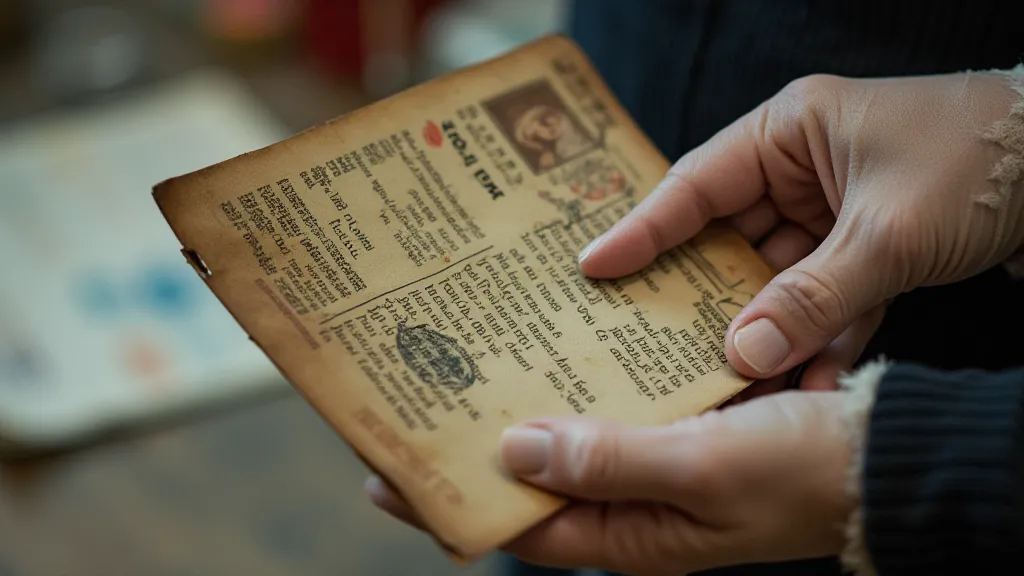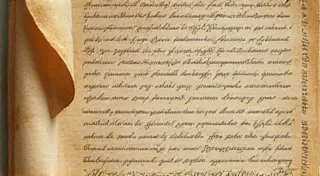Whispers of Commerce: The Advertising Language of Early Postcard Backs
There's a quiet magic in holding an antique postcard. Not just the visual allure of a bygone cityscape, but something deeper – a feeling of connection to a moment, a person, a place. But beyond the faded image of a grand hotel or a bustling market square lies another layer, often overlooked: the subtle, and sometimes not-so-subtle, language of advertising etched onto the reverse. These aren't just messages; they're whispers of commerce, tiny windows into the marketing strategies of a rapidly changing world.
My own fascination with these backs began years ago, while sorting through a box of inherited postcards. Most were simple greetings, "Having a wonderful time!" or "Wish you were here!". But a few stood out – postcards from Buffalo, New York, promoting everything from automobiles to patent medicines. They weren't merely transportation for a message; they were miniature billboards, carefully crafted to influence, persuade, and ultimately, sell.
The Rise of the Postcard and the Dawn of Mass Advertising
The late 19th and early 20th centuries witnessed an explosion in postcard production. The invention of the photolithographic process made mass production possible, and the low cost made them accessible to nearly everyone. As mail systems expanded and postage rates remained relatively low, postcards quickly became the communication medium of choice. This coincided perfectly with the rise of mass advertising. Businesses were eager to reach a wider audience, and the postcard offered a unique and intimate platform.
Imagine a time before radio, television, or the internet. Newspapers and magazines were expensive and reached only a limited readership. Billboards were regional, and direct mail was a nascent concept. The postcard, arriving directly in the recipient's mailbox, commanded attention in a way few other mediums could.

Decoding the Messages: From Patent Medicines to Automobiles
The advertisements themselves are a fascinating study in marketing. Early postcards were often used to promote patent medicines – a booming, albeit often dubious, industry. You'd find promises of cures for everything from rheumatism to nervousness, accompanied by elaborate claims and testimonials. These ads were frequently ornate, employing romanticized imagery and pseudo-scientific jargon to lend credibility.
As the automobile industry gained traction, postcards became powerful tools for showcasing the latest models. Manufacturers would send postcards to dealerships and potential customers, featuring gleaming automobiles against picturesque backdrops. These weren’t just advertisements; they were aspirational images, selling not just a car, but a lifestyle of freedom and adventure.
Beyond the grand promotions, smaller businesses employed clever strategies. Local hotels advertised their amenities, restaurants touted their specialties, and dry goods stores promised the best deals in town. The language used was often informal and personalized, aimed at creating a sense of connection with the recipient. Notice how often phrases like "Visit us soon!" or "The best in town!" appeared – simple yet effective calls to action.
The Evolution of Advertising Techniques
Over time, the advertising language on postcard backs evolved. Early postcards often featured lengthy, detailed descriptions, reflecting a society accustomed to printed matter. As literacy rates increased and consumers became more discerning, advertisements became more concise and visually driven. The introduction of the divided back postcard around 1907 dramatically shifted the format, dedicating one side for the message and the other solely for advertising. While initially met with postal resistance, it proved immensely popular with businesses.
The rise of the "Real Photo Postcard" (RPPC), featuring actual photographs rather than lithographic prints, also impacted advertising. These postcards offered a more authentic and immediate feel, making the advertised products or services seem more desirable.

Rarity, Value, and Historical Significance
The advertising messages on postcard backs aren’t just interesting from a historical perspective; they also influence value and rarity. Postcards featuring prominent businesses or unusual advertising campaigns can command significantly higher prices among collectors. Postcards from smaller towns, or those featuring products no longer in existence, are particularly sought after.
The condition of the postcard, of course, plays a crucial role in its value. A postcard in pristine condition, with a vibrant advertisement and a clear, legible message, will always be more desirable than a faded or damaged one.
But the true value, I believe, lies in what these postcards reveal about the past. They offer a glimpse into the economic landscape of a bygone era, revealing the products and services that shaped daily life. They demonstrate how businesses adapted to new technologies and marketing strategies. They're tangible links to a time when local businesses thrived and personal connections were paramount.
Restoration and Preservation: Handling Antique Postcards
When dealing with antique postcards, especially those with fragile advertising messages, gentle handling is essential. Avoid excessive handling, and store them in acid-free sleeves or albums to protect them from damage. Direct sunlight and humidity can accelerate deterioration, so keep them in a cool, dry environment.
While attempts at restoration can sometimes improve the appearance of a postcard, it's crucial to avoid aggressive cleaning or alterations. Any restoration work should be undertaken by a qualified professional who understands the delicate nature of these historical artifacts.

A Legacy Etched in Paper
The advertising language embedded within the backs of antique postcards provides a fascinating window into the past. They’re more than just advertisements; they’re cultural artifacts, testaments to the entrepreneurial spirit and the evolving marketing landscape of a bygone era. Next time you hold an antique postcard, take a moment to appreciate the whispers of commerce etched on its back – the echoes of a time when a simple piece of paper could connect a business with the world.





